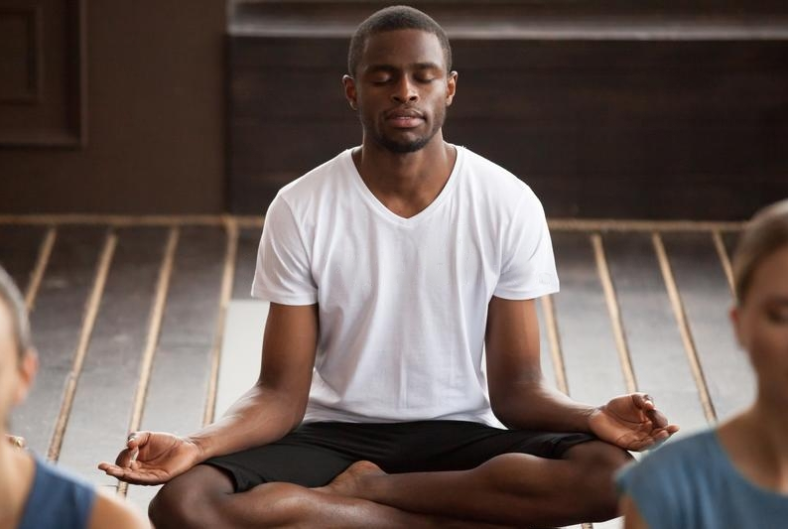Today, if you held the yoga pose “downward dog”, you probably feel more relaxed. You can feel better from head to toe if you practice yoga regularly, no matter how experienced you are.
Yoga has both physical and mental health benefits for people of all ages. When you’re sick, recovering from surgery, or living with a chronic condition, yoga can also become an important part of your treatment. This could help you heal faster.
With the help of a yoga therapist, patients can develop individualized plans that complement their medical and surgical treatment plans. Yoga can thus aid in the healing process and assist the individual in experiencing symptoms with greater centering and less distress.
Benefits of Yoga and Meditation
Yoga is a form of exercise that works on the body’s natural ability to heal itself and stay healthy. Through a combination of breathing exercises, meditation, as well as posture, and stretching, it aims to build strength, awareness, and harmony in the body and mind.
By encouraging many of the body’s naturally occurring self-healing mechanisms, yoga aids in maintaining health for many people. It has the potential to alleviate headaches, carpal tunnel syndrome, chronic pain, and arthritis.
Other health benefits of yoga include-
Physical Advantages:
Other physical advantages include enhanced flexibility, enhanced muscle tone and strength, enhanced vitality and respiration, a balanced metabolism, and weight loss. Yoga can also help improve cardiovascular and circulatory health, athletic performance, and injury prevention.
Mental Advantages:
Yoga is also excellent for stress management, which can have a significant impact on the mind and body. Pain, trouble sleeping, headaches, drug abuse, and difficulty concentrating are all symptoms of stress. For people who are dealing with a lot of stress, yoga can be a great way to improve their coping mechanisms and positivity. While calming the mind and focusing attention, aids in mental clarity and calm. It can also improve fundamental concentration.
There are a plethora of yoga practices, including over a hundred distinct schools. Yoga can be learned by anyone, regardless of previous experience or level of physical fitness.
Exercise while meditating
Some sports, such as archery, necessitate meditative concentration. Running, a long-distance aerobic activity can induce a meditative state of mind through its repetitive motion. However, is it possible to meditate while exercising? You decide what to do. The Buddha never made it a requirement to meditate while seated. For instance, we can meditate while walking. Whether you’re working out at the gym or washing dishes, mindfulness is preferable. Mindfulness improves performance, reduces injury, and increases body awareness while exercising.
Take note of how much time you spend being aware of your body and breathing during your next walk or run. The times when you are “in the zone” are likely to be punctuated by moments of distraction, just as they are when you are on your cushion. While it is beneficial to exercise while meditating, doing both simultaneously has profound and transformative effects.
Final thoughts
Exercise yoga and meditation appear to have similar advantages on the surface. All these can lead to a calm, balanced state of mind, improve mood, and reduce anxiety and depression.
Meditation, however, is not a substitute for exercise, and neither is exercise a substitute for meditation. Both have distinct advantages that are equally essential for sustaining general health.
And if you still seek any help regarding your health, then contact me right away!

